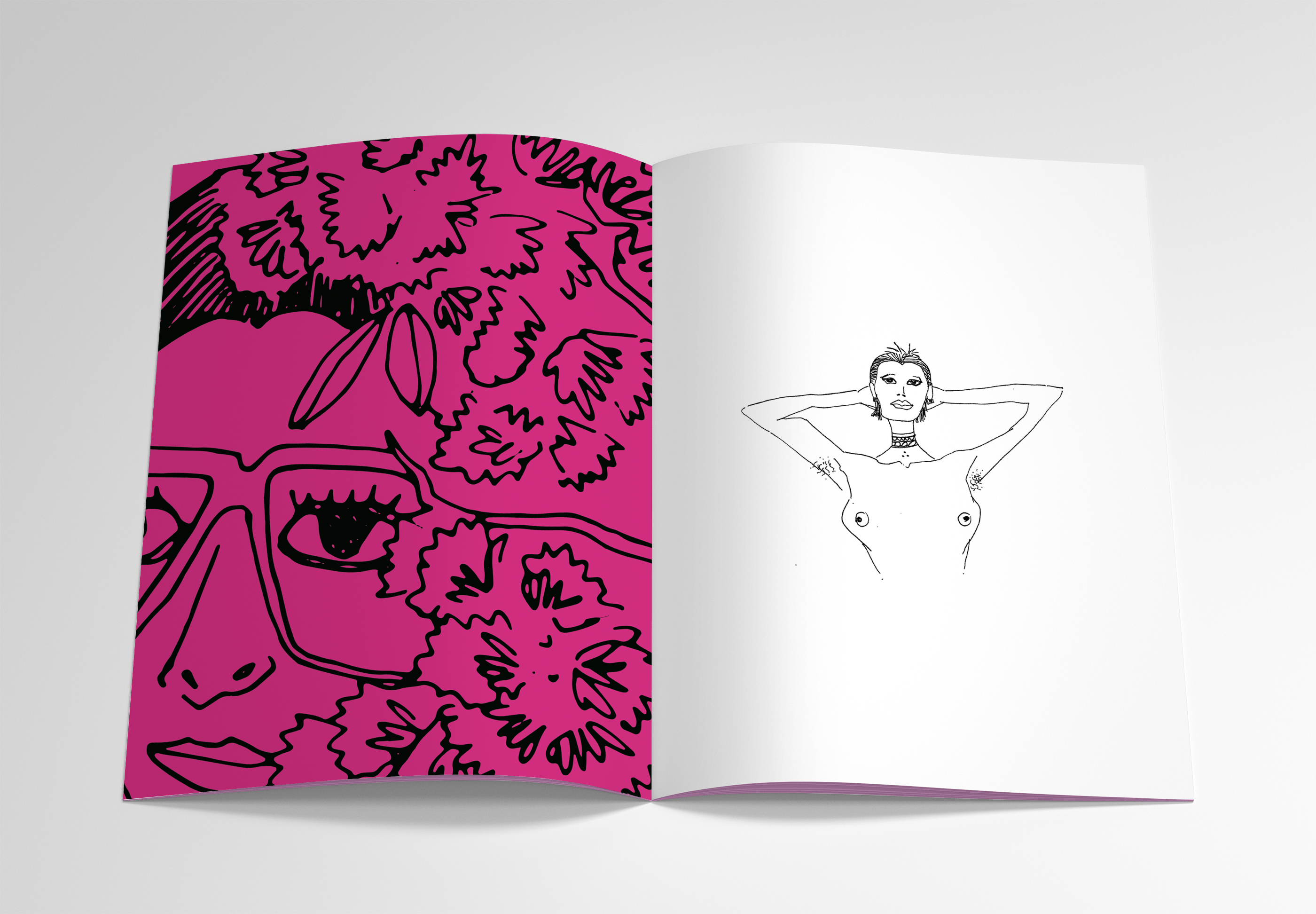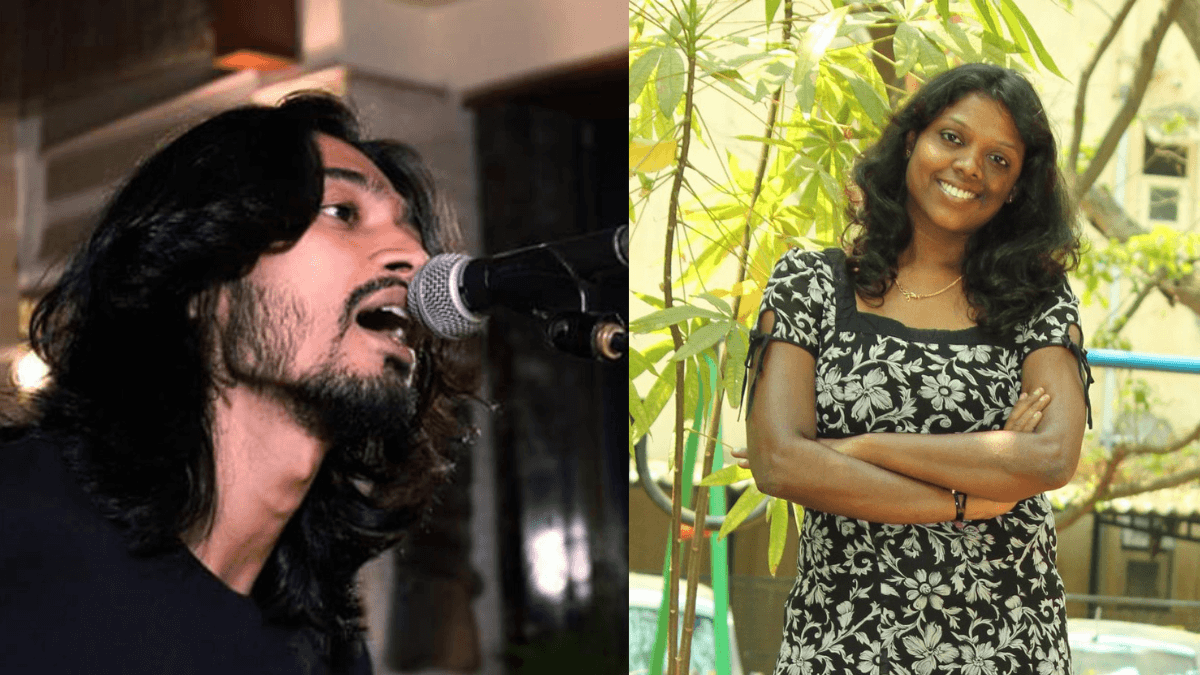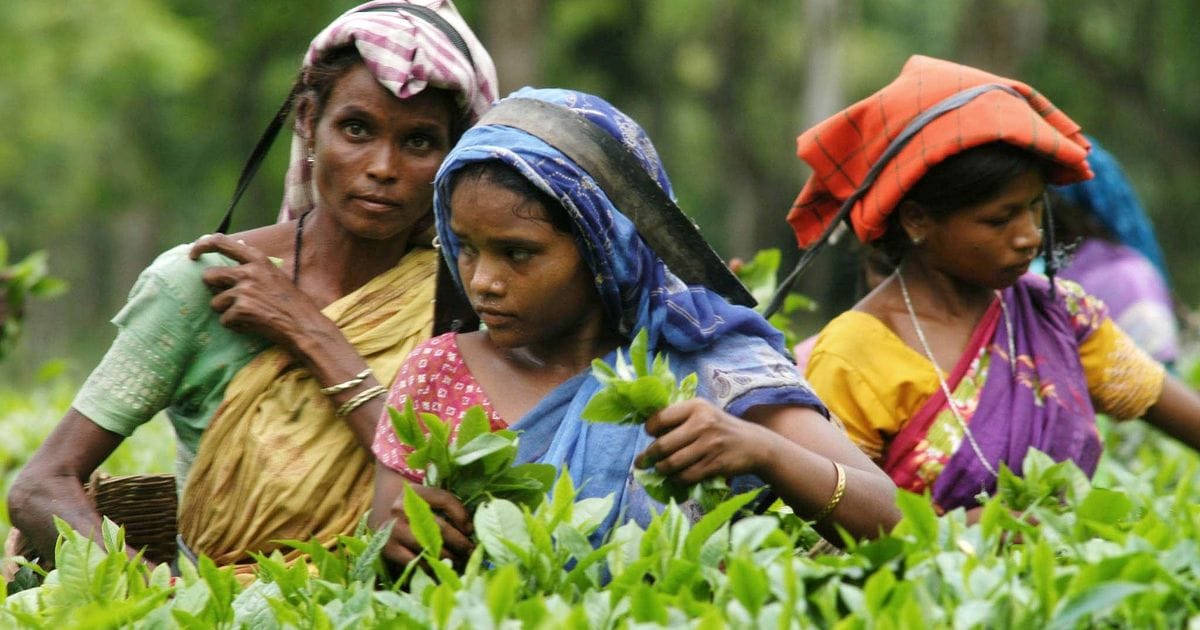When we think of the word curry, our senses get stimulated to produce a vividly authentic memory—from the beautifully rich colour of the curry to the delectable aroma that fills our noses to the explosion of flavours and spices on our tongues— an image that reminds us of home.
Abroad however, the word ‘curry‘ is a derogatory slang. Often used to refer to the ‘smell’ that Indians are presumed to have, the slang is used to reduce the characterization of Indians to a misrepresented stereotype. Irked by this misrepresentation, Shreya Dalmia, a student at the London College of Fashion at the time, set out to reclaim the word. She created Curry, an independent print magazine based out of Kolkata that works towards breaking various stereotypes about India.
Shreya believes that media has a huge role to play in the propagation of these stereotypes and a linear representation of India leads to the establishment and acceptance of these characterizations. They focus on amplifying the voices of new artists and bring to the fore stories that have been largely ignored or misrepresented. The magazine does not believe in simply telling the stories but believes in passing the mic to those whose stories they want to magnify.
The first issue of Curry was centred around taste but explored through the lens of class, and differing cultures and communities. They traversed this theme of taste and interpreted it with different perspectives as seen in one of the collage pieces by an artist Lia that portrayed various comfort foods in a refreshingly amusing way. The magazine narrates beautifully woven stories through a mix of graphics and photographs that take you on a journey to understand first-hand experiences of the people you would usually walk by.
A few of their inspiring pieces that wonderfully capture the essence of Curry are mentioned below:
Khelna Bati
Khelna Bati is a piece that visualizes the intimacy of culinary practices in kitchens through a wonderfully curated photo series. The series portrays a collection of games with kitchen chores as seen through the imagination of a child who remains fascinated by the repetitive movements and gestures within the kitchen. The remarkable photo essay by Kolkata photographer and artist Swarup Datta looks at the kitchen space and highlights it as a gendered space that is governed by strict structures and dynamics of family hierarchy. The artist believes that mere words are insufficient to pin down the indescribable complexity of the milieu inside kitchens and the eye-catching series provides a fresh perspective on an area of the household that is simultaneously the most used and least highlighted.
Abroad however, the word ‘curry’ is a derogatory slang. Often used to refer to the ‘smell’ that Indians are presumed to have, the slang is used to reduce the characterization of Indians to a misrepresented stereotype. Irked by this misrepresentation, Shreya Dalmia, a student at the London College of Fashion at the time, set out to reclaim the word. She created Curry, an independent print magazine based out of Kolkata that works towards breaking various stereotypes about India.
Protruding Issues
A cleverly facetious representation of a common stereotype in India, this piece takes a jab at patriarchy and the topless potbellied men that embody it best. The work talks about the popular belief that a man’s belly signifies how well he is fed by his wife, thereby signalling his happiness in the marriage (for the benefit of the society, of course, who are considered indispensable stakeholders in the matter). The witty piece put together by artist Shreya Mukherjee makes a cheeky commentary on gender roles within marriages in India. The work mentions a step-by-step guide for men on how to get a potbelly, most of which depict reliance on women for the procurement of food.
Oh Yeah
“A woman’s NO will only have power if her YES is heard” ~ Farah Naqvi
This boldly honest piece smashes the belief that women exist as perfect bodies to serve the desires of men and instead explores the desires of women. It explores the desires of all women, including those that don’t fit an imaginary perfect picture of desirable, and ALL their desires— even the embarrassing , wild and ‘unladylike’ ones. It shatters the idea that a woman’s identity lies in her vagina and that sexual desires in a woman directly reflect her honour. The work uses simple conversations with various women to bring to attention this apparently radical idea that women have sexual desires and fetishes. Their ability to say yes to sex is an act that needs to be normalised and pulled out from the shroud of secrecy.
Also read: Ashmina Ranjit: Finding Flight, Freedom And Change Through Art
The first issue of Curry was centred around taste but explored through the lens of class, and differing cultures and communities. They traversed this theme of taste and interpreted it with different perspectives as seen in one of the collage pieces by an artist Lia that portrayed various comfort foods in a refreshingly amusing way.
Future Plans for the Magazine
According to Shreya, the magazine will soon be morphing into a studio that will tackle socio-cultural storytelling projects through various transmedia tools including print, audio, digital and event-based experiences. “The idea is to publish underrepresented voices, fringe artists and distribute their work through brick and mortar and online channels“, Shreya told FII. The magazine is also looking to intensify participatory publishing of underrepresented minority voices.
A few ideas and themes that the magazine will be exploring in the future:
- Exploring works in vernacular languages and bringing them to mainstream narratives
- Touring Digital heritage and Indian histories (food, design, architecture, cities)
- Discussion pieces on social issues such as mental health, food and nutrition and media literacy, etc, that are much needed in our society today
- Publishing adolescent content and creating an online space and community for Indian teenagers.
With refreshing new takes on old societal structures, humorous commentaries on situations less observed and enthralling artwork that captivates the eye and educates the mind, this magazine uses media to its potential best to bring together issues and artists from all over the country. Curry is marvellous at narrating tales that are so cleverly woven with different spices and flavour that the resulting magazine pages recreate vivid images of memories and experiences from all walks of life in your mind—images that seem familiar and new at the same time and leave you with a warm feeling in your chest— much like the nostalgic curry that will forever remind us of home.
Also read: 5 Dalit Artists Challenging Casteism Through Music, Films And Literature
To find out more about the magazine, follow them on @currymagazine, @currystudioshop
All images have been provided by Curry Magazine.
About the author(s)
Vaishnavi Singh is an alumnus of The Young India Fellowship at Ashoka University. She is deeply interested in exploring the less understood aspects of something as vast and ever-changing as feminism. Vaishnavi is an opinionated introvert who loves travelling, watching movies and reading everything that she disagrees with.




